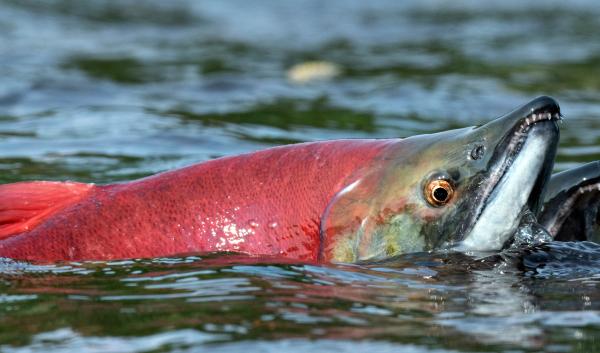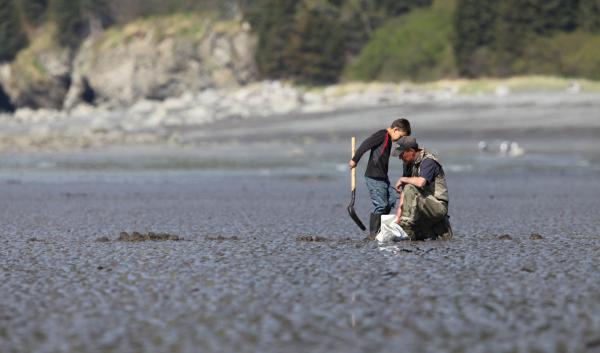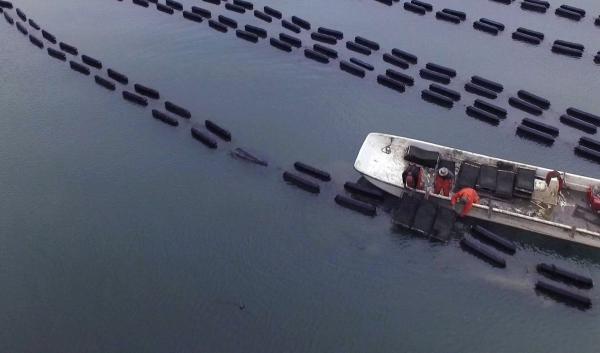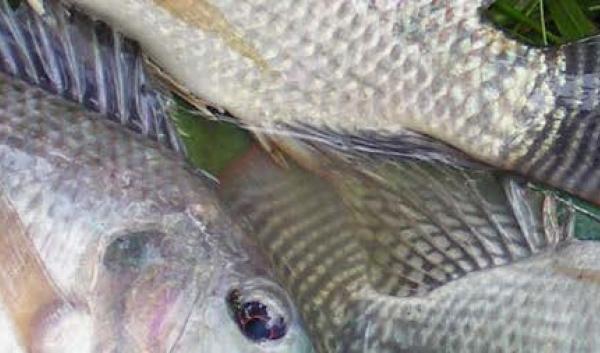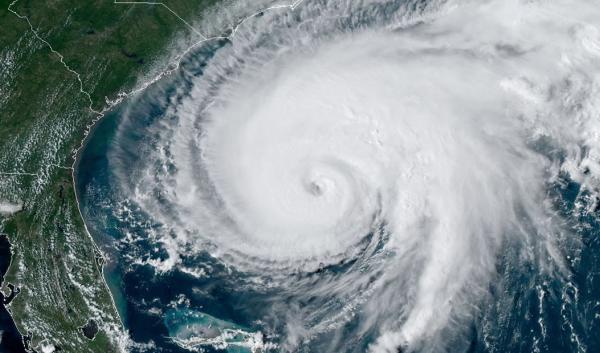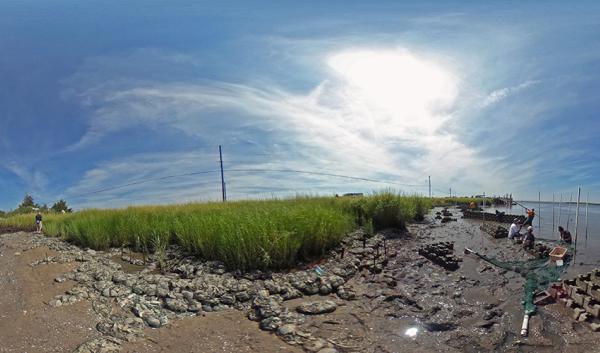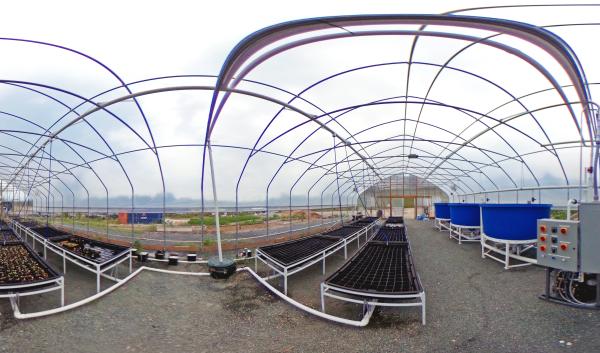Aquaculture
A rapidly growing sector of agriculture, aquaculture is expected to provide almost two-thirds of the fish intended for global consumption by 2030. Aquaculture involves the breeding, rearing, and harvesting of freshwater and marine species of fish, shellfish, and aquatic plants. Producers farm in all types of water environments, including ponds, rivers, lakes, oceans, and land-based, closed recirculating-water systems. Faced with a rapidly rising world population, scientists, farmers, and policymakers are seeking ways to meet future food demand. (Source NIFA)
-
Salmon and Climate Change in Southeast Alaska
Salmon are crucial to the culture, food security, and economy of Southeast Alaska. Climate change could disrupt salmon…
-
Northwest Bivalve Shellfish and Marine Snails in a Changing Climate
These animals are important for food, income, culture, and ecosystems in the Northwest and are threatened by climate…
-
Effects of Climate Change on Aquaculture in the Gulf of Maine
Aquaculture or sea farming, is connected to the health of ocean ecosystems and is impacted by the effects of climate…
-
Empowering Local Economies through Sustainable Fish Farming: The Congo Success Story
The Congo Fish Farming Project is focused on fostering a sustainable and economically efficient fish farming sector in…
-
Climate Change and Aquaculture in Connecticut’s Long Island Sound
Aquaculture farms are especially vulnerable to climate change as organisms and operations are continually exposed to…
-
Hurricane Preparation and Recovery Commodity Guides
People who live and work in the Southeastern United States are unfortunately familiar with the devastation and loss of…
-
Living Shorelines
Rutgers University helps partners, U.S. Fish and Wildlife Service, The Nature Conservancy and the Partnership for the…
-
UDC Urban Farm
The University of the District of Columbia showcases an urban food hub at the East Capitol Urban Farm and helps address…


